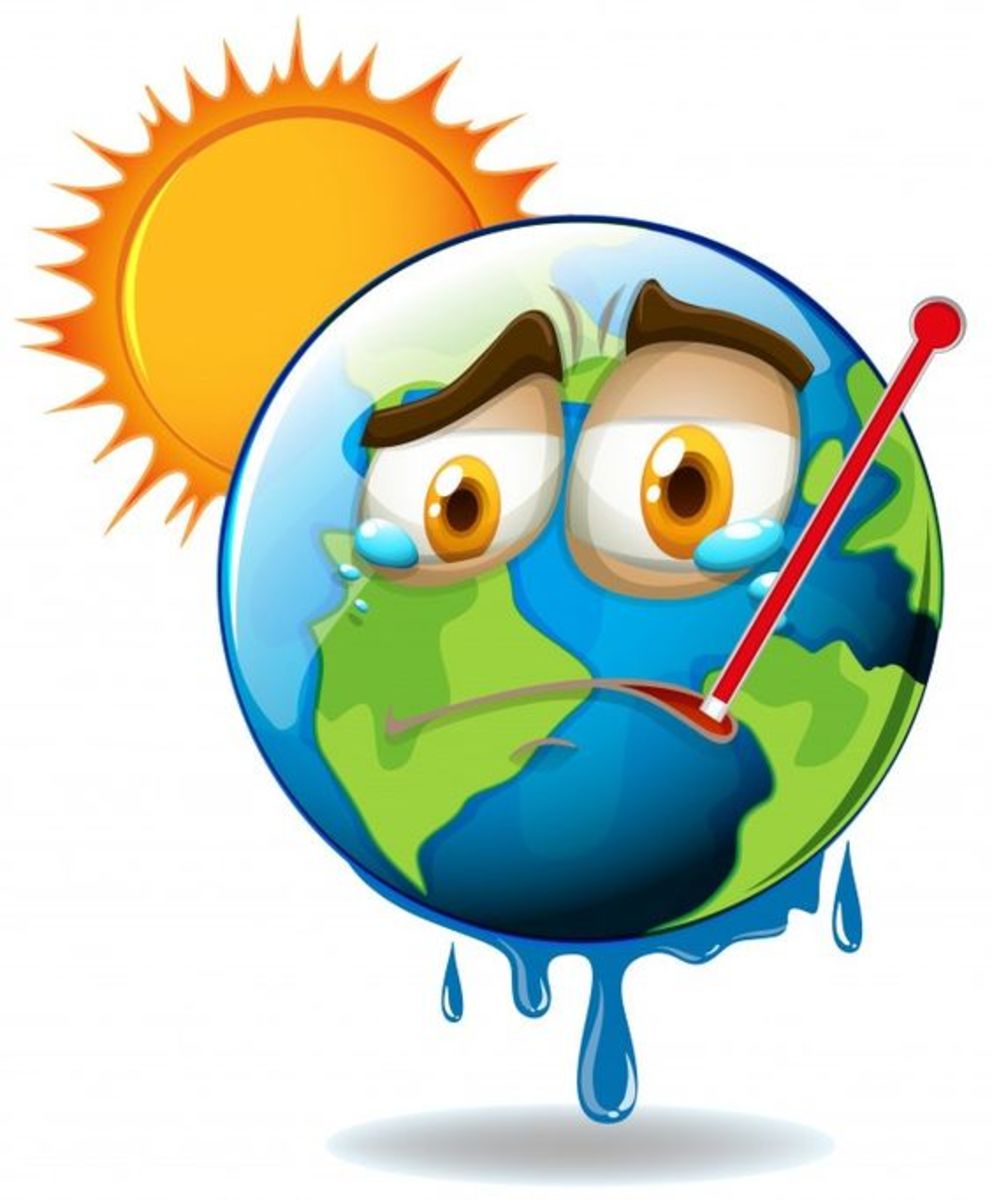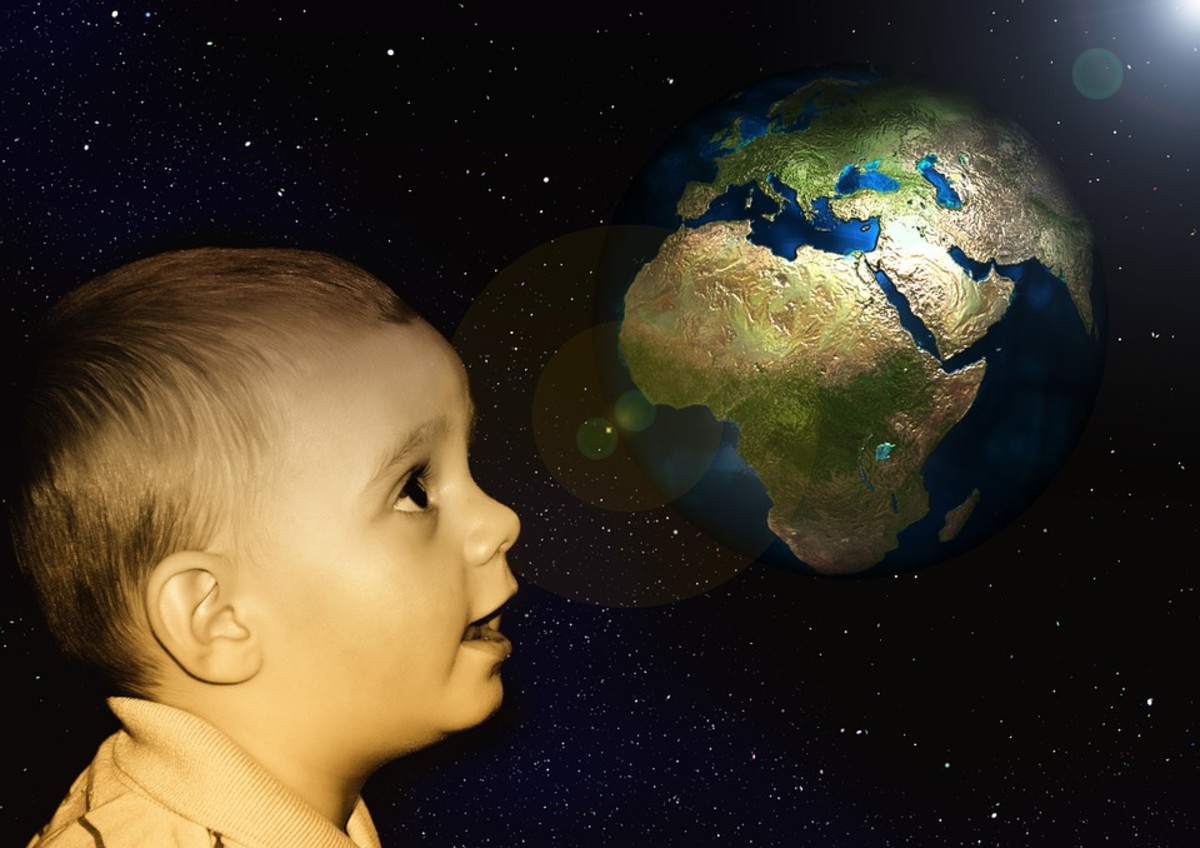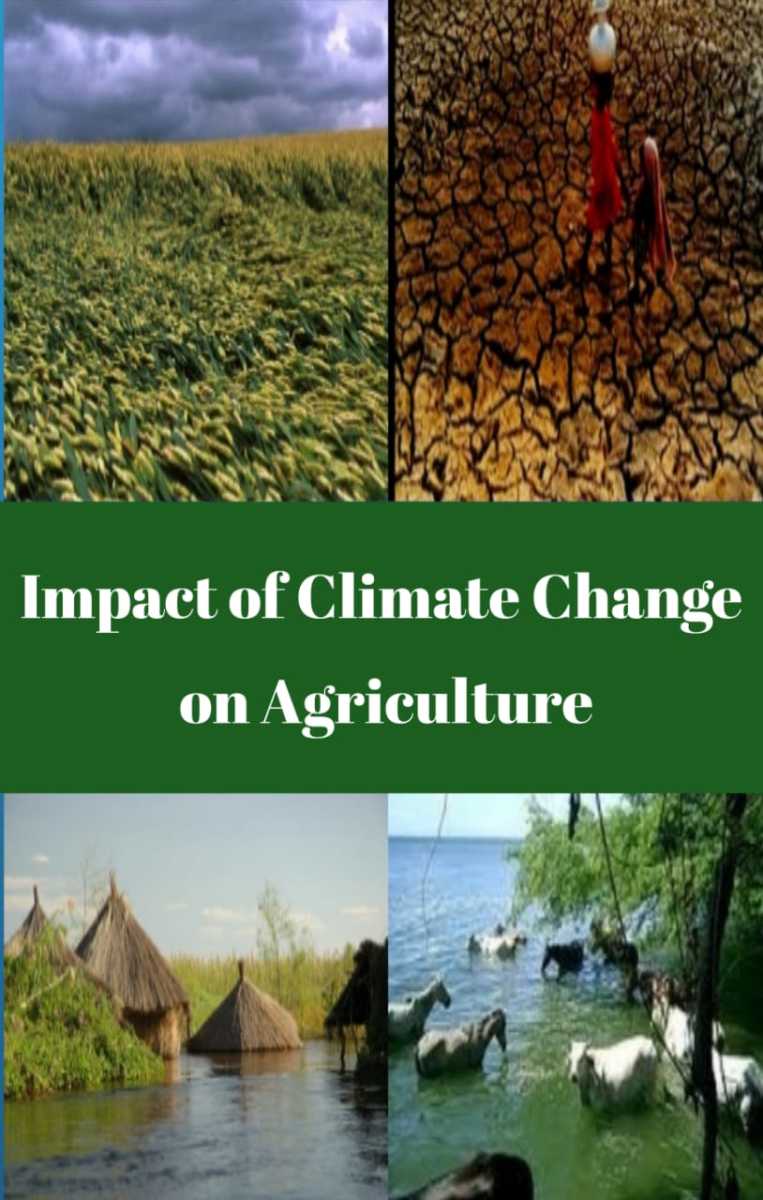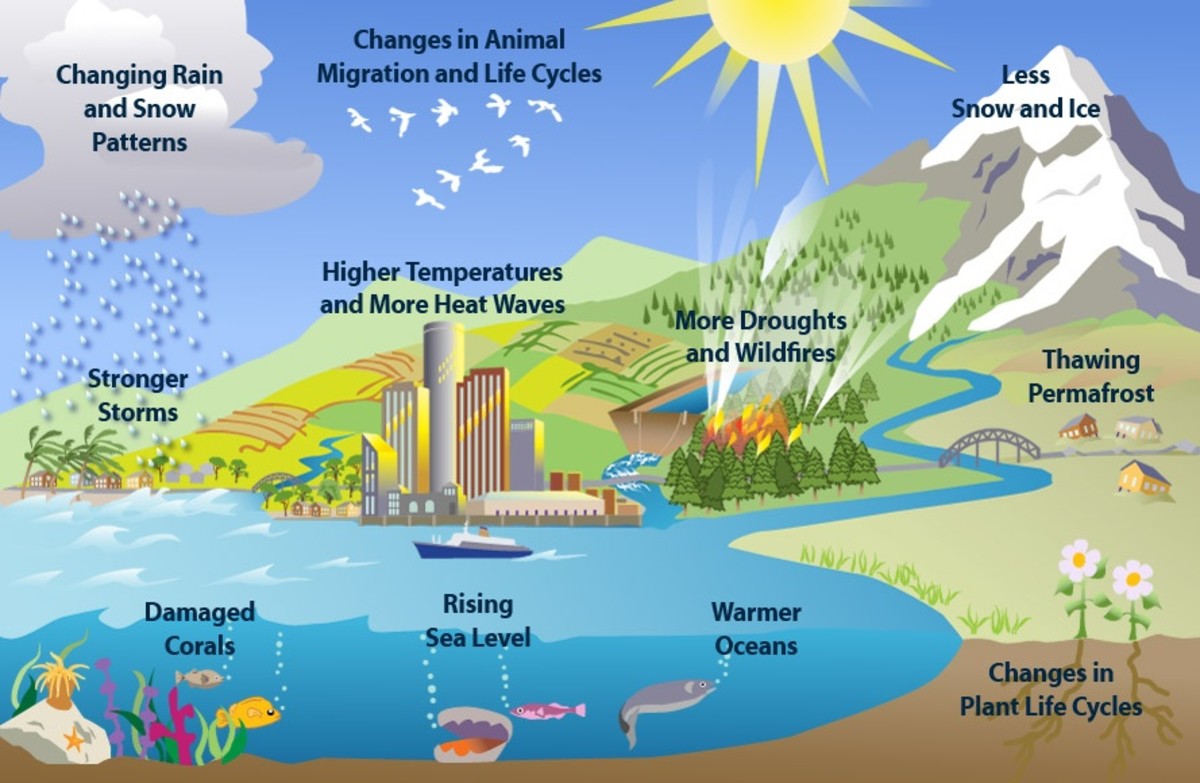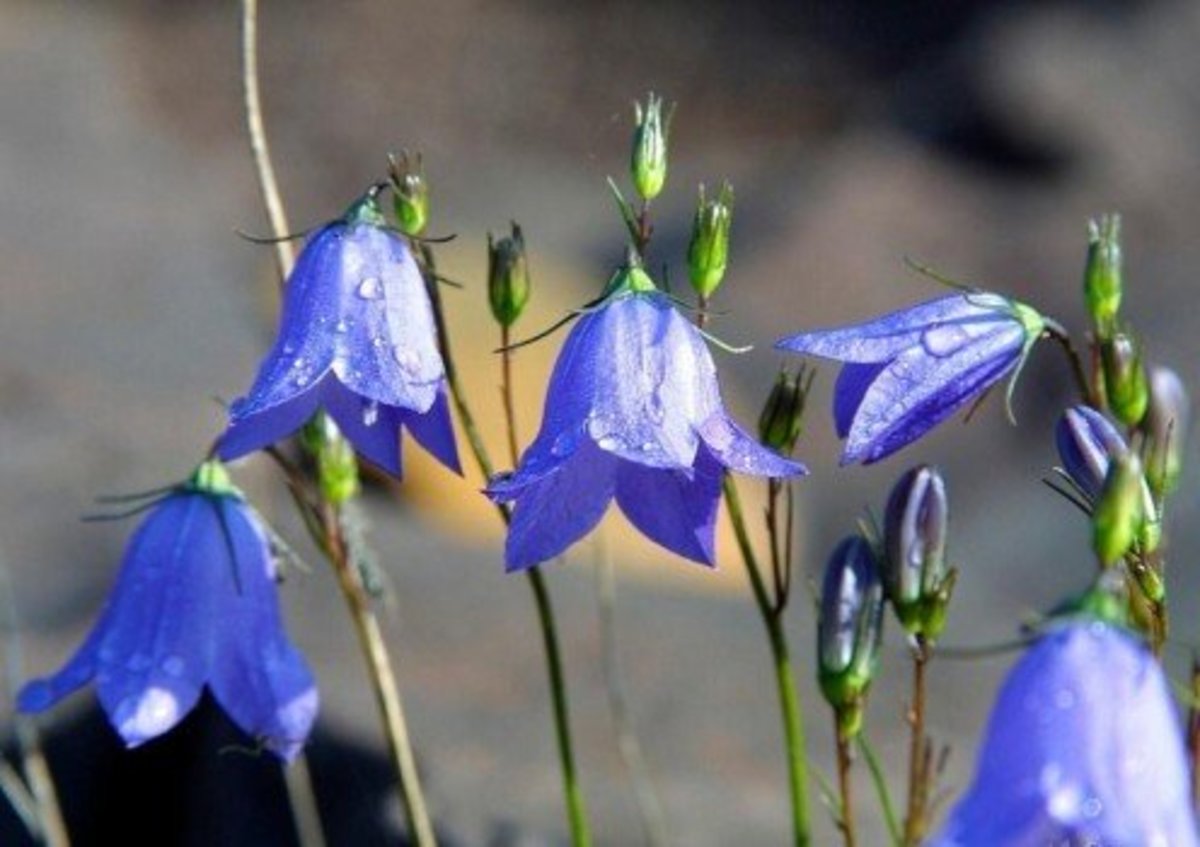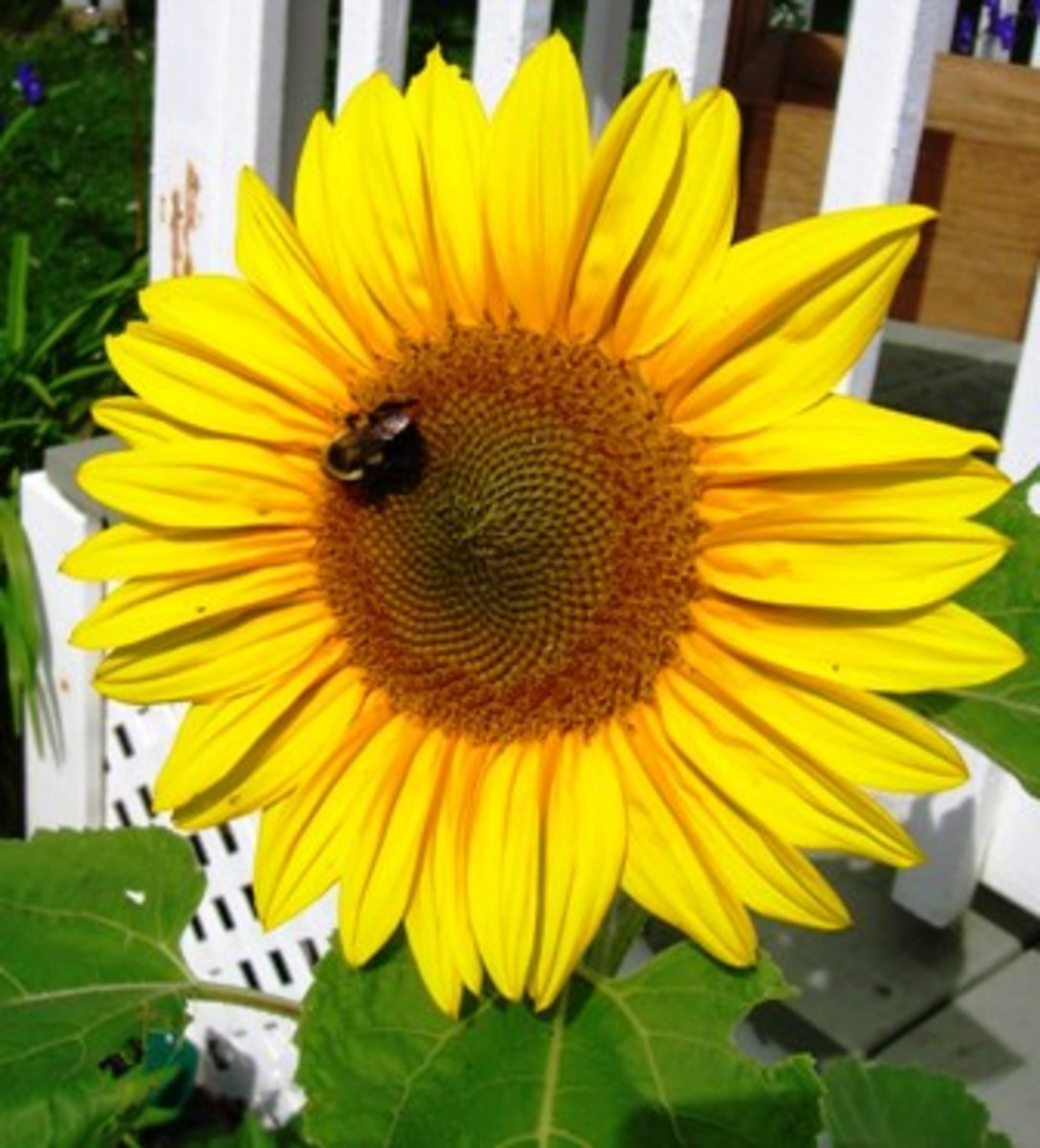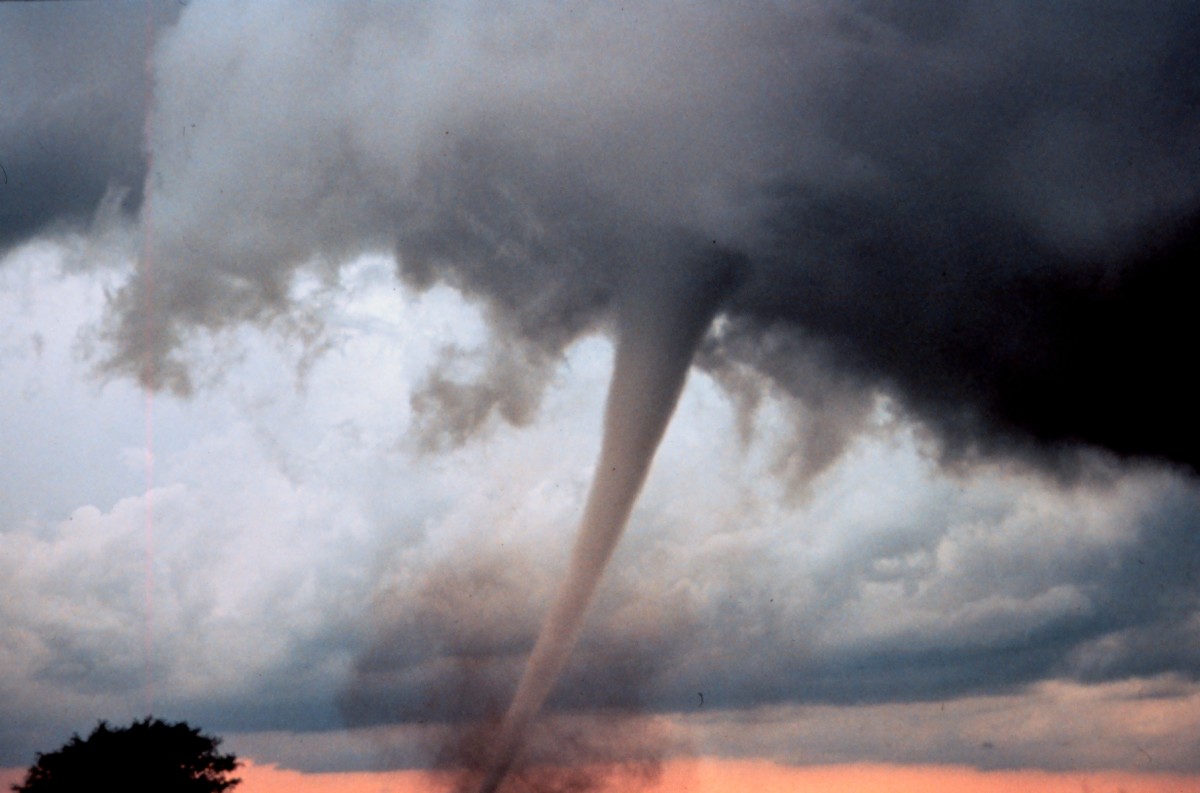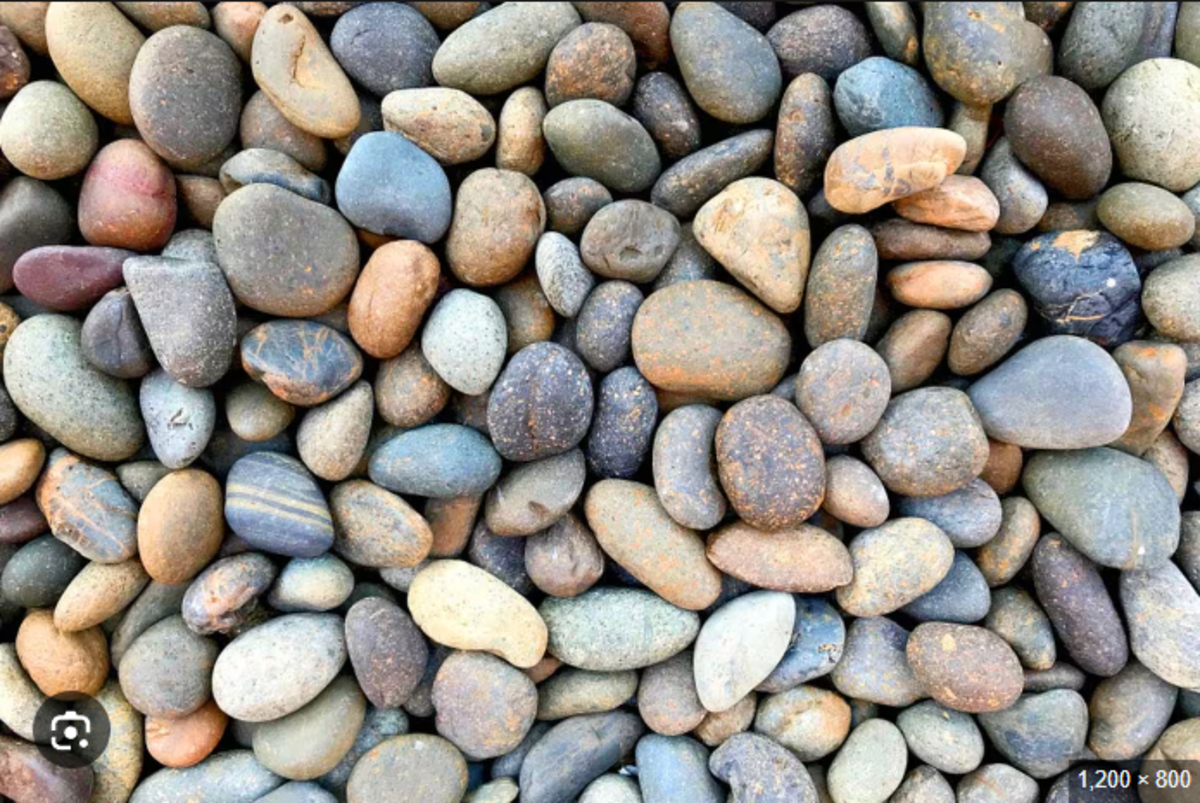Kelp World
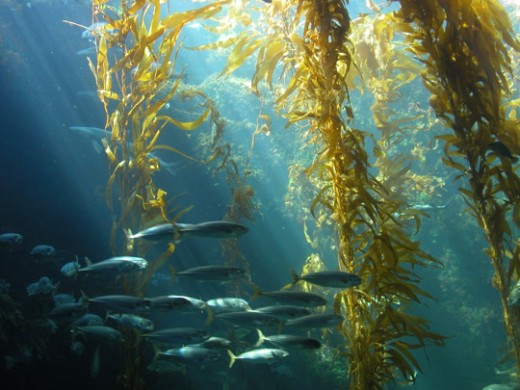
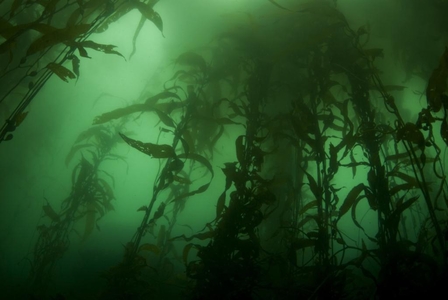
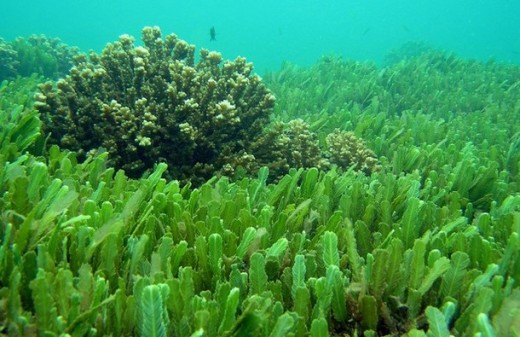
Flying gently through a forest is the stuff of our dreams. High in the canopy, the sun radiates through the branches bursting onto the world below. We look down at the spectacular array of life below us and then sink in our flight to the forest floor, watching the busy city of alien life forms. Our magical journey is underwater, and the forest is of Giant Kelp.
This remarkable ecosystem provides an surprising list of products we use in our daily lives; from food stuffs to pharmaceutical products. Our paper, ice-cream and shampoo may well have been manufactured with the help of kelp.
Kelp is nature’s most complex algae and they are fast growing. The magnificent Giant kelp, Macrocystis pyrifera, reaches lengths in excess of 80m. They have an astounding growth rate, growing up to 50 centimetres, a day. Giant kelp form vast, dense forests and beds along the coasts of the temperate and cooler waters of the world. And they house a rich treasure trove of life. Found along the coasts of the Eastern Pacific, Southern Australia, South Africa, California, Western Europe and South America, they grow down to an average of 30 metres depth thriving in the cool, nutrient rich waters of the world. They are recognised as one of the most dynamic and productive ecosystems on earth, influencing oceanographic patterns around the coast and providing many ecosystem services.
Although kelp have root like structures they are unlike terrestrial plants that draw in water and nutrients, and these roots, called holdfasts, provide only anchorage points for the plant. This means that giant kelps must have a rocky shore where they have plenty of substrate for anchorage and it makes then particularly secure against the storms and waves they are regularly subject to. Their fronds (leaves) have pneumatocysts; gas filled bladders attached to the base of each frond to provide the buoyancy needed to allow them to obtain maximum sunlight for nutrition and growth.
Like forests on land, kelps forests have distinct biological zones, each of which are packed with life. These dense vertical zones form micro-environments similar to those of terrestrial forests and provide shelter, food and a home to a myriad of plant and animal life, from the tiniest algae to the world’s largest marine mammals.
Nutrient Soup
The leaves of kelp are largely unpalatable to most animals. Fronds are tough and rubbery and produce chemicals, including acids, that make them unattractive to a would be grazer. As the kelp grows, and fronds are lost in storms and wave action, they rot and decay sinking to the seabed. And here, a soup rich in nutrients is formed that is essential for the bacterial and microscopic life on the forest floor. These crucial filter feeders and scavengers wait patiently on the sea bed for manna from heaven.
And the forest is not without its larger predators; visitors come looking for short term shelter and food while others make the kelp forest their home. Sharks for example, generally feed and hunt in open waters but the blue shark in the Pacific is often found patrolling the fringes of kelp forests. Whales, sea lions and seals all use the kelp forests to search for food and the sea otter, in the forests of the northern hemisphere, is particularly associated with kelp forests.
Not only rich in life, the world’s kelp forests are believed to store up to 60 million metric tons of carbon. They are, say the International Union for the Conservation of Nature, crucial for carbon storage to offset the devastating effects of climate change. Like their marine cousins, mangroves, their role in regulating earth's atmosphere, has only recently become known. One of the biggest challenges to kelp is the strength and frequency of storms that rip them from their holdfasts. As climate change alters weather patterns, say scientists, kelp may not be able to grow back. Over the past 60 years, according to climate records, winter storms have been getting worse; they are more frequent and much more ferocious.
Climate and Kelp
As oceans are disrupted through climate change this is only set to get worse if climate models are to be believed. The result for the kelp is that without being able to replenish quick enough after storms, other faster growing seaweed will take hold. The longer-term results affects us all, loss of biodiversity and reduced carbon storage for the planet. But according to a team led by Jarrett Byrnes at the National Centre for Ecological Analysis and Synthesis in the US, loss of kelp, even on large scale won’t lead to sudden sequestration of carbon to the atmosphere. This is in contrast to the effect the wholesale destruction of mangroves is likely to have. This is, he says, because the algae that will move into their place, will also provide some absorptive capacity, but may not have the same high storage capacity.
This highly dynamic, rich and, now it seems, crucial carbon stores, are being harvested throughout the world. Kelp harvest is a significant business in North America, Europe and Asia. In Californian the 170,000 tons annual harvest is worth an estimated 40 million $UD. This is big business. Now kelp has attracted further interest in a world looking for cleaner and greener energies. The kelp species, Lamniaria digitata, could, say scientists, provide an alternative to terrestrial grown biofuels. But kelp is subject to fluctuations of its chemical composition say a team at the University of Aberystwyth in Wales. During July, in the northern summer, carbohydrate levels are high and the kelp is at its best in terms of releasing sugars for biofuel production their study shows.
Previous research into biofuel have focussed on terrestrial plants but there have been criticisms that with land for food production at a premium, it sets up a new conflict in land use. The ocean is, as yet, an untapped resource for fuels and research has revealed that seaweeds can produce more biomass per square metre than the fastest growing terrestrial plants such as sugar cane.
Kelp Power
Dr Jessica Adams, lead researcher of the Aberystwyth study said in a press release “seaweed biofuel could be very important in future energy production.” Biofuels provide a storable energy resource when the wind drops, something other renewable energies such as wind power cannot do. Other studies suggest that seaweed and other algae, when compared to gasoline, have a 67-87 % reduction in carbon footprint. They are looking likely to be the fuel of the future and already being tested in aviation and in the US navy. Many marine ecologists recommend caution with large-scale kelp harvest. There is not enough yet known on the impact of the vast diversity and number of other species living in the forests. Especially, they say, on invertebrates populations. Finding a sustainable harvest level is now the challenge.
To illustrate just how little is known about these remarkable ecosystem and the oceans in which they live, a species of previously thought extinct kelp was discovered near the Galapagos Islands in 2007. The team from University of California Santa Barbara that found them were very surprised. Below the tropical reefs that characterised the area, they found an undiscovered thriving kelp forest. The cool water pockets forming beneath the warmer tropical water provide perfect environments. The kelp was Eisenia galapagensis, a species on the endangered list if indeed it existed at all. The researchers say that the discovery shows that some marine systems may indeed be more resilient to climate change than previously thought. While climate change may alter shallower ecosystems such as coral reefs, these deep water cooler ecosystem may be less affected they maintain.
Despite this good news story for deep-water kelps, declines of kelp forests around the world have caused much concern over the past few decades. Tasmania in Australia for example has some of the continent’s most extensive kelp forests but since the 1940s an estimated 80% have been lost. Scientists attribute the decline to past harvest and to global warming. And it’s not just temperature, it is also nutrient load; warmer water brought through ocean warming and changing currents, does not have as many nutrients as the cooler water that kelp thrives in.
An Otters Tale
As well as pollution, kelp harvest and climate change impacts, disruption of the delicate balance of life due to over fishing has caused dramatic changes in kelp forests. The disappearance of vast areas of kelp forests in the sea otters range (including Northern Japan, Alaska and Western North America) has been directly linked to the removal of sea otters. The over-harvest of sea otters in the last century caused an increase in the population of sea urchins. This in turn led to a sea urchin bloom once their main predator (the sea otter) was removed. The subsequent grazing pressure from sea urchins on the kelp forest was dramatic. Although sea otters have now recovered through much of their range, it has been a cautionary tale. The sea otter is a keystone species in these kelp forests-a species that is crucial in controlling the food web. There have been similar kelp forest declines when other top predators such as fish and lobsters were removed.
And there is little national and international legislation protecting kelps. Protection for forests on land, are subject to the UN REDD scheme (Reducing Emissions from Deforestation and Forest Degradation) where developing nations are paid to limit CO2 emissions by keeping forests intact. This does not extend to kelp forests nor does it cover mangroves, both critical carbon sinks in an increasingly warming world. Kelp forests, are still poorly understood, and yet they provide us with one of the world’s richest environments. These complex ecosystems provide new insights into marine dynamics, management of climate change and possible clean energies, and yet we may be losing them before we fully know what valuable they resources they harbour.

